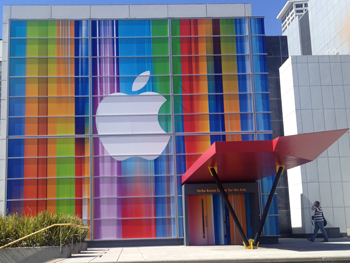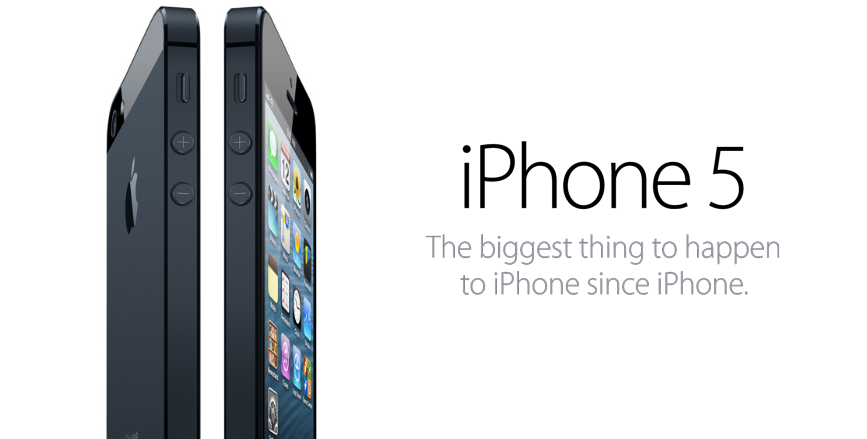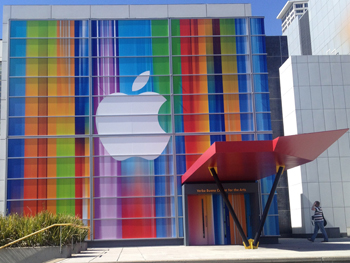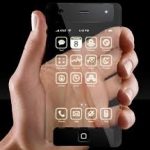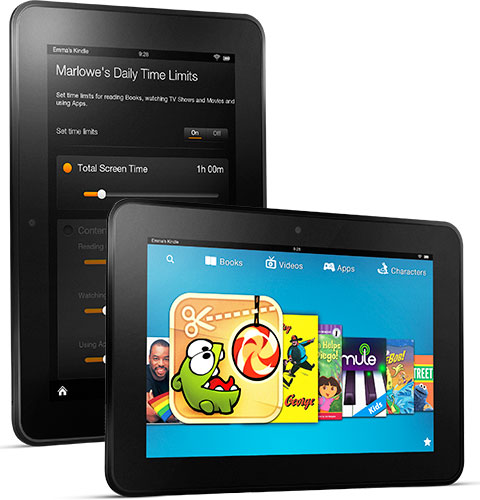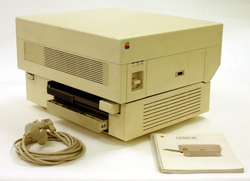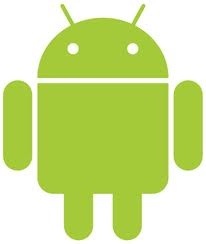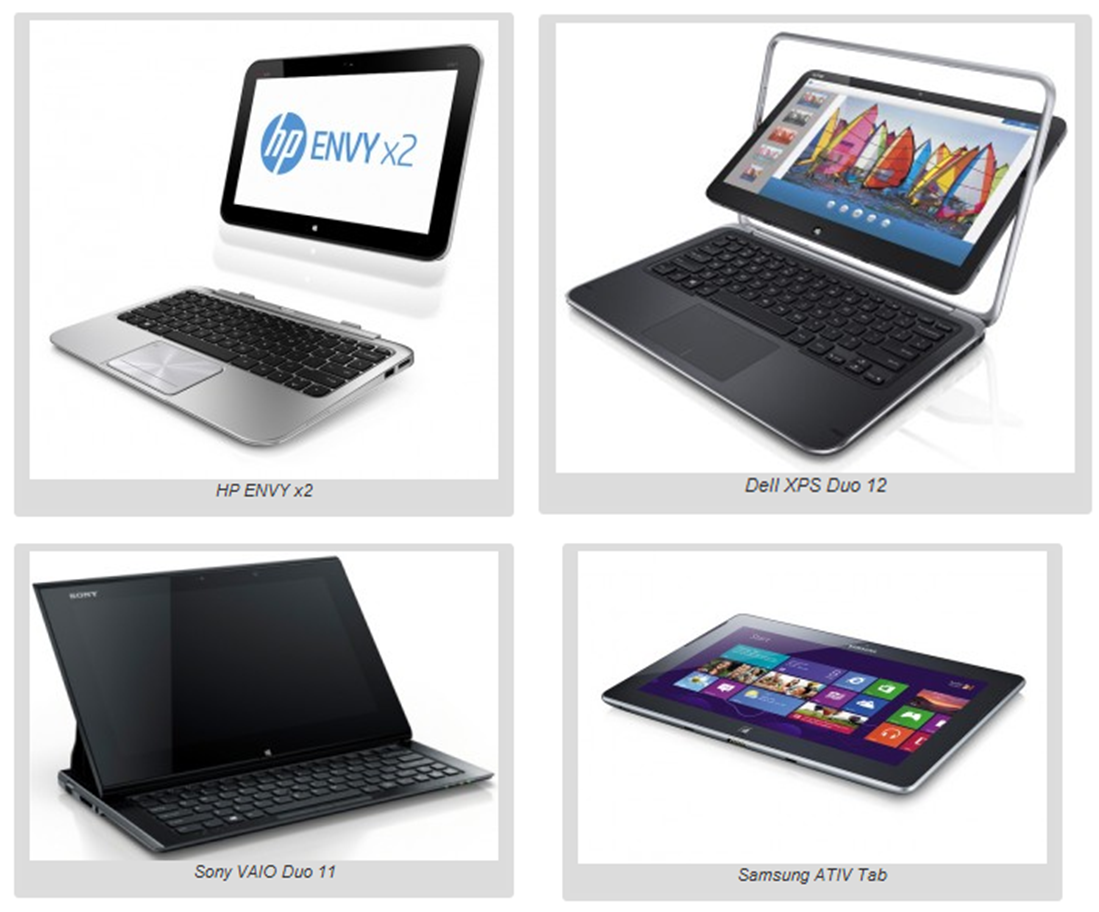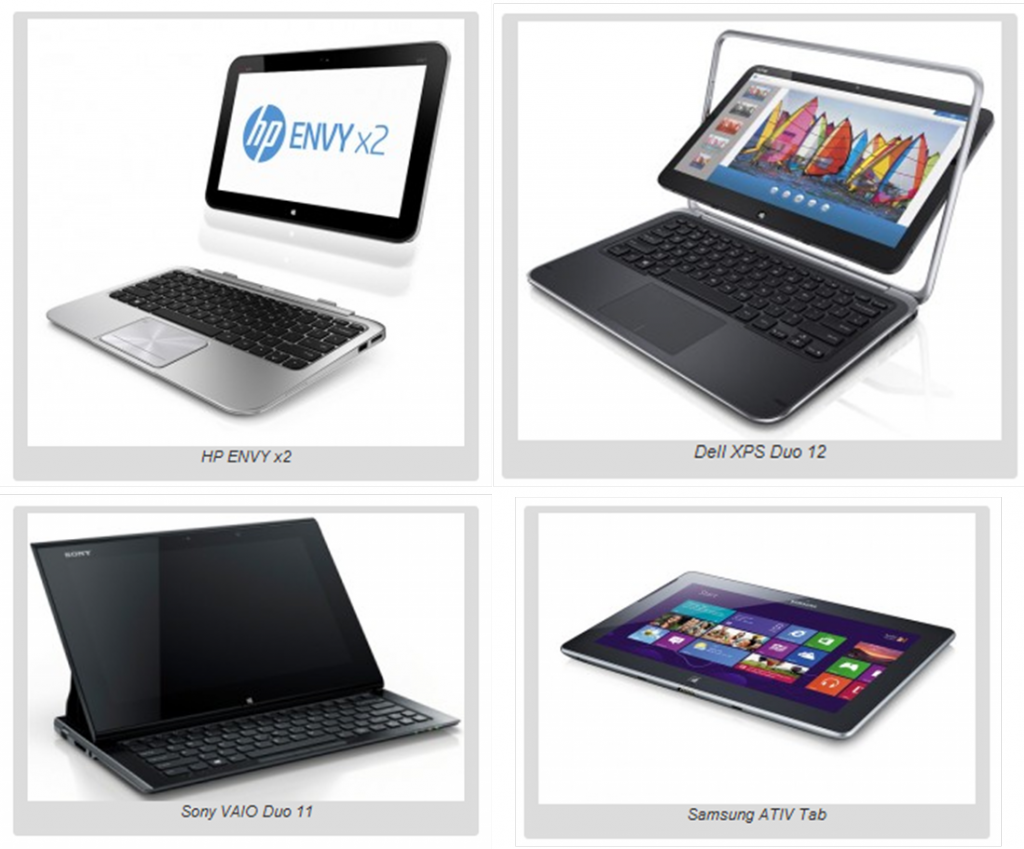
RECAP
Last week, we took a deep dive into the Android and iOS operating systems, looking at market share, profits, developers and platforms. Today we wrap up the series and attempt to peer into the probable futures of these two great mobile operating systems.
The truth is, seeing the futures of Android and iOS isn’t so much about following the signs – there’s plenty of them and they’re almost all pointing in the same direction – it’s much more about unlearning some of the lessons that we’d thought we’d learned. When it comes to Android and iOS, it’s not what we don’t know that hurts us so, it’s what we “know” that just ain’t so. Once we free our minds from past preconceptions, the scales will fall will from our eyes and the broad outlines of what is and what is about to happen will become clearer.
1) It is a mistake to assume that the “best” operating system will “win”
“Best” is a subjective opinion, one of the weakest forms of evidence.
“Best” is contextual. What’s right for one may not be what’s right for another. A school bus is a poor form of transporatation- unless one is a school bus driver. What’s “best” needs to be what’s best for the user, not what’s best for you or me.
“Best” is often irrelevant. Betamax may have been the best video recording device on the market, but it didn’t win out over the VCR. Things such as distribution, production, costs, marketing, first to market, and a slew of other factors often trumps “best”.
Let’s take our focus off of our subjective opinions as to what is “best” and rest our gaze, instead, on objective, measurable, factual information.
2) It is a mistake to assume that any operating system will “win”
Android v. iOS is undoubtably a platform war, however, not every platform war ends with a single standard.
— Musical records split into two standards with the 33 1/3 being used for albums and 45’s being used for singles.
— Gaming consoles are currently split into three different standards.
— Petroleum is split into two standards, with gasoline (the American term) being used for most cars and diesel being used for most trucks and other heavy commercial vehicles.
All of these standards exist side-by-side and serve different markets. And that is what is happening with Android and iOS too. We need to stop focusing on the idea that one mobile operating system is going to serve every market and, instead, start focusing on which markets are being best served by each operating system.
3) It is a mistake to let the exception swallow the rule
An exception to a rule does not invalidate the rule. So long as something is true most of time, it’s worth noting. Too often we focus on the exceptions and let those exceptions blind us to the overall patterns.
It’s important to recognize the exceptions to a rule. But it’s even more important to recognize which is the rule and which is the exception.
4) It is a mistake to assume that market share equals profits for Google
Whenever it’s pointed out that iOS is making a lot more money for Apple than Android is making for Google, or when it is pointed out that that iOS is making a lot more money for iOS developers than Android is making for Android developers, we’re told that Google has a different business model than Apple – that Google is selling eyeballs (advertisements) and that market share matters because every Android device is another pair of eyeballs consuming Google services and Android advertisements.
That’s a fine theory and all except for one thing: It’s simply not happening.
Google’s business model is no where near as profitable as Apple’s. Google gives away Android in order to make money from Google services and Google ads on a per device basis. It is estimated that Google makes $6.50 per device. Apple, on the other hand, makes an estimated $300 per iPhone and Apple sells apps and ads on top of that. For Google’s Android to come close to matching Apple’s, Android devices would have to outsell the Apple’s iOS devices by a factor of 30 to 1. (Source)
Further, Google’s mobile ad model is not working all that well. There is little correlation between Android’s market share and Android’s ad revenue. According to e-Marketer, Google earned $125 million in mobile display ad revenues in the US last year, compared to $92 million by Apple. While that’s 30% more ad revenue than Apple, Google has acknowledged that two-thirds of their mobile revenues come from iOS, not Android, devices.
All in all, Mobile ads are simply not shaping up to be the same kind of money maker for Google that desktop ads are. According to research by Internet Retailer, Invodo, and Comscore, mobile video appears to be a more effective than display ads in converting potential customers into paying customers. And 70% of the retail videos accessed by mobile devices are accessed by an iOS devices, not Android devices. (Source)
An even more disturbing trend for Google is the migration from search to apps. Users are increasingly using apps rather than search, and Apple leads in the app market by the number of apps, the amount of money made in apps, the number of developers developing apps and the “buzz factor” surrounding new apps too. (Source)
Flurry Analytics reports that on mobile devices, 94 minutes per day are spent on apps compared to 72 minutes on the web. Mobile users are spending more and more of their time going directly to an app that gives them exactly the information they want and they are spending less and less of their time searching the mobile web. (Source) That’s good for apps. That’s bad for Google search revenue model.
Android may have market share, but that market share is not translating into dollars – not for Google and not for Android’s developers either. With mobile users trending toward the use of apps and away from the use of search, despite Android’s greater market share, it’s going to become more and more difficult for Google to keep up with Apple’s revenues and for Android’s developers to keep up with the revenues being made by iOS developers.
One final point on profits. I can anticipate the argument that it is unfair to compare Google to Apple – that Google’s business model and Apple’s business models are nothing alike – that Google gives away the Android operating system; that Apple sells both the operating system and the hardware; that, of course Apple makes more money than Google. This argument complete rubbish.
There’s nothing fairer than comparing profits to profits. Profits are the great equalizer. The top lines of companies can often be quite different, but the bottom line is how every company is ultimately measured. It’s not unfair to compare profits – it’s exactly what we SHOULD be comparing.
It is true that Google and Apple have very different business models. So what? Business models are a strategic decision made by the companies themselves. Google chose it’s business model. Now that have to live with the results.
5) It is a mistake to assume that market share equals retention
One argument for the value of Android’s greater market share is the contention that Android gets to new smartphone owners first, builds unshakable loyalty in the Android brand and locks iOS mobile devices out of the market thus insuring iOS’s demise and Android’s future market domination. Only thing is, all of the existing evidence points in to the exact opposite conclusion.
— iOS has a 75% satisfaction rating with Android coming in a distant second at 47%. (Source)
— iPhone has topped J.D. Power’s semi-annual satisfaction list 7 straight times. (Source)
— iPad has an astonishing 98% satisfaction rating. (Source)
— iPhone owners are the least likely to switch from their carriers – even when that carrier’s service is deemed to be just awful. (Source)
Goldman Sachs recently conducted an extensive consumer survey of over 1,000 Apple iOS users and reported that:
— 71% of respondents are “highly likely” to choose an Apple device for their next tablet or smartphone purchase, while 23% are “likely” to stick with the platform. In other words, 94% of respondents are “highly likely” or “likely” to purchase their next tablet or smartphone from Apple. Only 1% of respondents said that their next device purchase was “unlikely” or “highly unlikely” to be from Apple. Further, a surprising 21% of respondents to the survey said: “there isn’t a discount that would make it worthwhile” to leave the Apple platform. Now that’s brand loyalty.
— A study by Gene Munster at Piper Jaffray indicates that only 47% of Android users expect to buy another Android device and 42% expect to buy an iPhone. (Source)
— Another study by Gfk in the UK indicated that 84% of iPhone users will repurchase an iPhone compared to just 60% who would repurchase an Android phone. (Source)
— A survey of more than 2,000 smartphone users by Robert W. Baird analyst William Power shows that 48% of Android smartphone users plan on buying another Android device for their next smartphone while 17% say they plan to buy an iPhone and 34% say they’re undecided. The story is much different for fans of Apple’s smartphone, however, as 77% say they plan to buy an iPhone for their next smartphone, with just 5% planning to switch to Android device and 18% still undecided. (Source)
Android may be winning the race to the new smartphone consumer, but Android is not retaining those users. Switching is primarily a one way street, with Android users going from Android to iOS, but iOS user seldom leaving the iOS platform.
6) It is a mistake to assume that market share domination equals app ecosystem domination
When it comes to platform, developer share – not end user market share – is what matters. And iOS dominates Android in developer share.
iOS developers are paid better, develop for iOS first and iOS customers buy more apps and pay more for them.
It has been argued that Android’s platform is every bit as good as the iOS platform. That is demonstrably untrue.
— iOS overall developer revenue is six times greater than Android developer revenue. You don’t generate that much more revenue without having first generated much more value to your customers.
— There are over 43 thousand Apple iOS developers and 10 thousand Android developers. 33 thousand additional developers add a lot of value to the iOS platform.
— There are seven iOS apps for every three Android apps. Arguing that more apps has no more value than less apps is not an argument, it’s an assertion that reality doesn’t exist.
Argue as loudly as you like that the Android platform is as good as the iOS platform. The iOS developers, the iOS apps and the iOS buyers will shout you down.
For additional details and sources, see: Android v. iOS Part 4: Developers
Some day, all this may change, but if it does change, it will be because of a change in developer share, not a change in market share.
ANDROID IS THE SUPERIOR SMARTPHONE DEVICE. IOS IS THE SUPERIOR PLATFORM
Android and iOS have different inherent strengths and weaknesses and instead of fruitlessly trying to decide which operating system is going to win everywhere, we should be focusing our efforts on determining which markets each OS is destined to dominate. Neither Android nor iOS is going away. Instead, each OS is going to go their separate ways.
Android’s value is in the device. iOS’s value is in the platform. Android will take the low end of the market. iOS will take the high end.
Android will appeal to third-world nations, emerging markets, tech aficionado’s who admire the virtues of “open”, those who require more freedom, those who require more options, those who require more diversity, those who use a single device, the cost conscious, and those who admire the value of free.
iOS will appeal to more established nations, maturing markets, non-technical users who admire the virtues of easy and intuitive, those who require more security, those who require more consistency, those who require more integration, those who need multi-device management across multiple device form factors, the quality conscious, and those who fear Google’s ad-supported business model.
iOS will appeal to Enterprise, businesses, governments, institutions, organizations, and other entities that require more structure and control. (As one who lived through the Windows v. Mac wars, the irony of this statement is not lost on me.)
THE ONCE AND FUTURE PRESENT
“It’s tough to make predictions, especially about the future” – attributed to Yogi Berra
The truth is, we’re already living in the future of the Android and iOS operating systems. Both are well along on their respective paths. The future is going to be much the same as the present – only more so.
Android will continue to grow like a weed. iOS will continue to grow like a well tended farm.
Android will continue to rapidly iterate their hardware and their operating system. iOS will continue to relentlessly integrate their hardware with their software and their platform ecosystem – methodically moving both their iOS and their OS X software platforms forward together in lock-step.
Android will continue selling a mind-numbing array of diverse products. iOS will continue selling products like the three year old iPhone 3GS because iOS’ value is found primarily in the platform, not in the the device itself.
These two great operating systems actually complement one another. The Yin to the others Yang. And one unintended consequence of that symbiosis is that they will continue to hold the dogs of anti-trust at bay. No one is going to sue Apple for anti-trust so long as Android has most of the market share. And it’s going to be awfully hard to say that Android has a monopoly on mobile phones when Apple’s iOS has most of the profits.
Android and iOS is less about which one is superior and more about their relative strengths and weaknesses. It’s less about how they compete with one another and more about how they complement one another. It’s less about their radically different futures and more about how the future is going to be an extension of the present.
The future is uncertain and there are sure to be lots of twists and turns along the way. But don’t expect this war to come to a head any time too soon. The two sides are too evenly matched and yet too divergent in form. Like Britain and France during the Napoleonic wars, Britain ruled the sea and France ruled the land and seldom did the twain meet. But unlike the Napoleonic wars, don’t expect there to be a decisive battle of Waterloo. A lingering, uneasy state of detente is far more likely.
 I am fascinated by the amount of media and bloggers who said that what Apple introduced in the iPhone was incremental and did not have the “wow” factor”. They complained because they wanted support for NFC (not even close to being ready for prime time) and dissed it for its new connector, as if it would cause great harm to their lives.
I am fascinated by the amount of media and bloggers who said that what Apple introduced in the iPhone was incremental and did not have the “wow” factor”. They complained because they wanted support for NFC (not even close to being ready for prime time) and dissed it for its new connector, as if it would cause great harm to their lives.


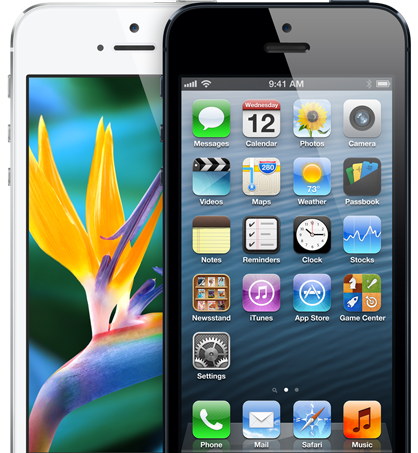



![Can iPhone 5 Really Boost Economic Growth? [Not much]](https://techpinions.com/wp-content/uploads/2012/09/iphone5.png)








